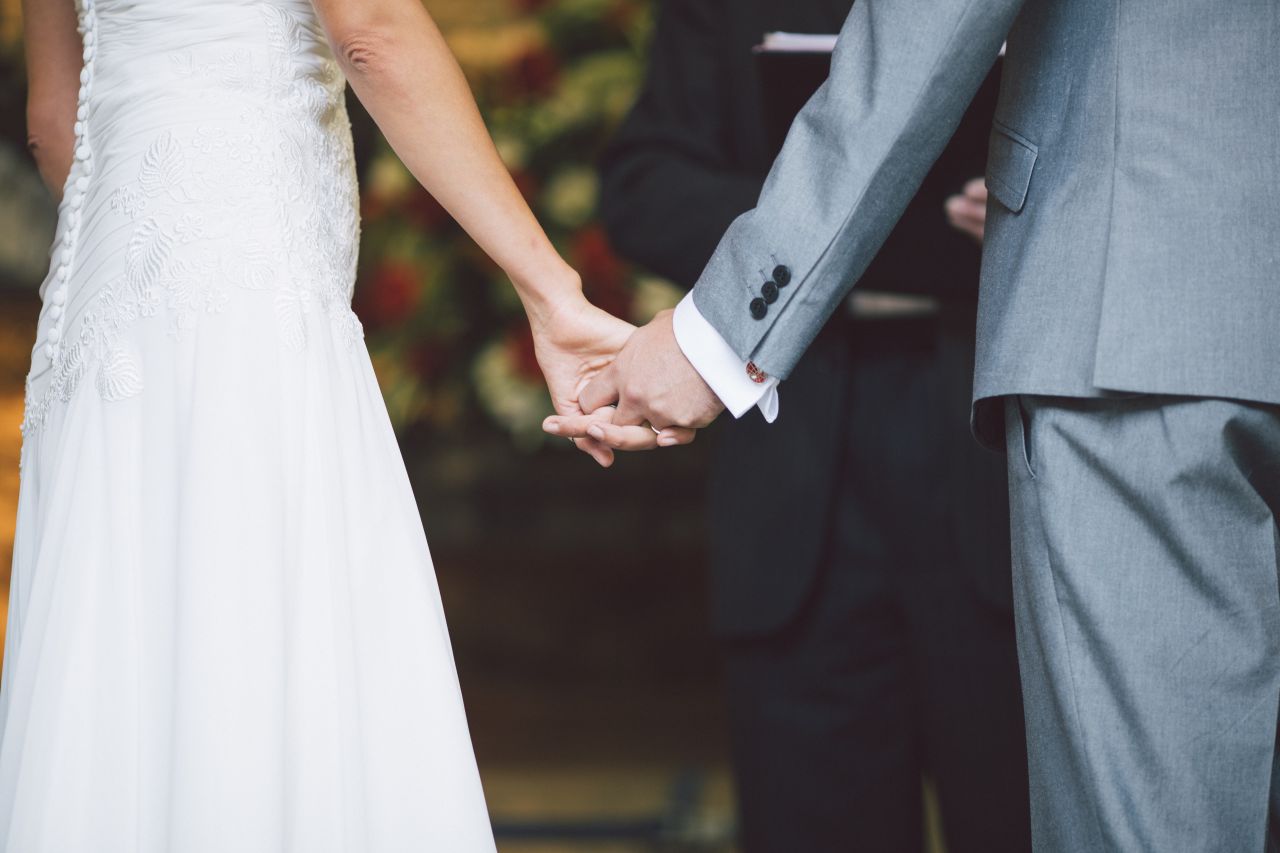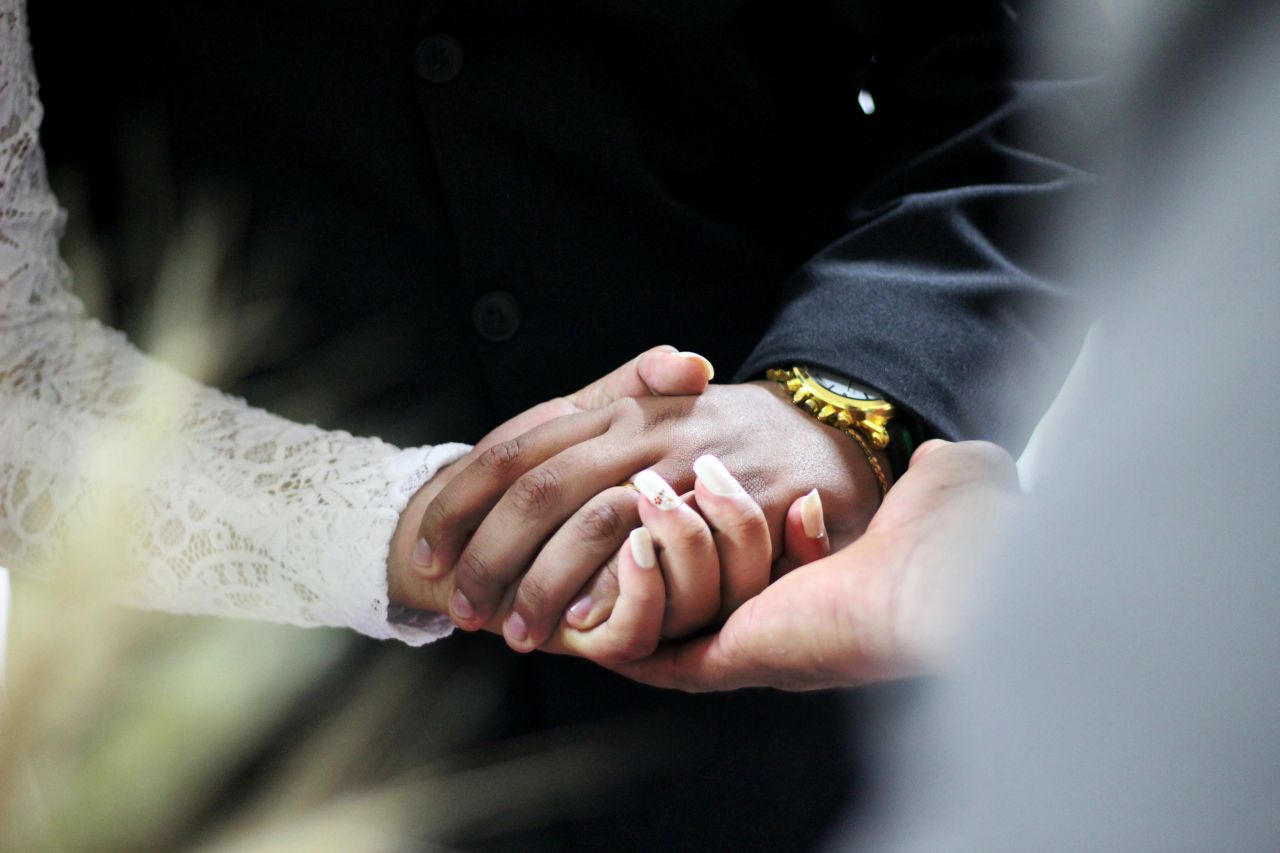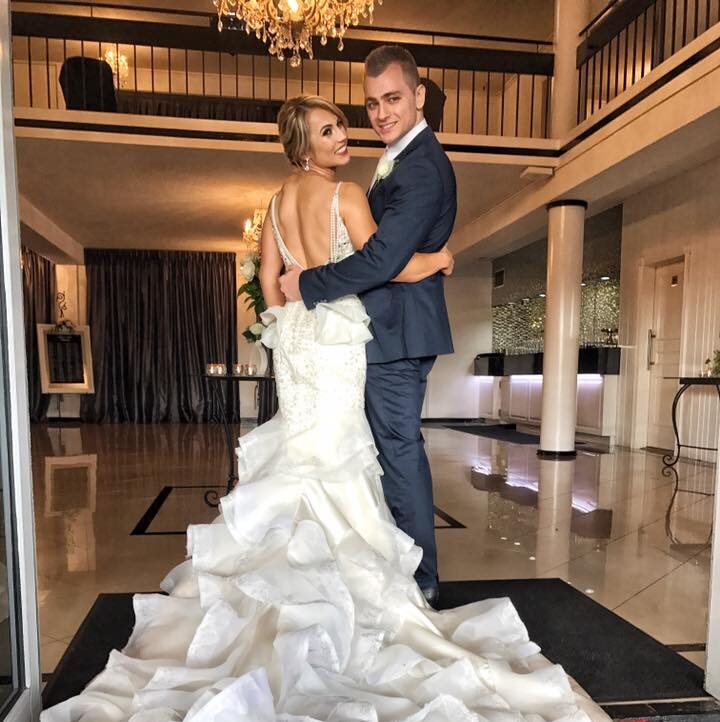I recently worked with a lovely couple who were planning their Jewish wedding, and their ceremony was a perfect blend of tradition and personal meaning. As we went through the stages of the wedding, it was clear how each ritual held deep significance, not just for them, but for their families and the Jewish community.
From the intimate moments during the Ketubah signing to the lively celebration under the chuppah, every detail was thoughtfully crafted to reflect their commitment to each other and their faith. Choosing the right Jewish wedding service can help couples ensure these traditions are honoured while creating a celebration that feels deeply personal.
Watching them circle each other under the chuppah, share the Seven Blessings, and finally break the glass, I saw how these age-old traditions were more than just customs – they were a profound expression of love, spirituality, and community. If you’re curious about the stages of a Jewish wedding and what each one represents, let me walk you through the meaningful rituals that bring this beautiful ceremony to life.
The Sacred Meaning Behind Jewish Weddings: An Overview
Why Jewish Weddings Are More Than a Legal Contract
When I worked with a couple planning their Jewish wedding, they told me how important it was for them to honour both their cultural and spiritual roots. They wanted their ceremony to reflect not just a legal contract but a sacred bond that would last a lifetime.
Jewish weddings carry a deep sense of meaning, rooted in biblical and rabbinic traditions. It’s not just about saying vows – it’s about entering into a union that has been sanctified by God.
One of the first things that struck me as we discussed their wedding was the understanding that Jewish marriage is about creating a new family, a new world. The rituals are there to sanctify that bond, each one carrying a rich history and spiritual significance. It’s a beautiful blend of joy and reverence, which is what makes these weddings so powerful.
Pre-Ceremony Rituals: Laying the Foundation for a Sacred Union
The Spiritual Significance of Fasting Before the Wedding
One thing my clients shared with me was how they chose to fast before their wedding. It wasn’t just about hunger – it was about spiritual preparation. Much like Yom Kippur, the fast was a way for them to approach the day with a clean slate, to let go of past mistakes, and to enter their marriage as new, complete individuals. This pre-wedding fast isn’t for every couple, but it holds a lot of meaning for those who choose it. For them, it was a way of starting their married life with clarity and forgiveness.
Kabbalat Panim: Separate Receptions for the Bride and Groom
Before the main ceremony, I’ve seen couples have separate receptions for the bride and groom. It’s a unique tradition that helps create an intimate moment with close family and friends. In the case of the couple I worked with, the bride had a special gathering with her closest family, while the groom had a joyful moment with his friends.
These pre-wedding rituals allowed them to pause and reflect before stepping into the more formal ceremony. It was a wonderful way to prepare for the journey ahead.

The Jewish Wedding Ceremony: Uniting the Couple Under the Chuppah
The Symbolic Chuppah: God’s Shelter and the Couple’s New Home
The wedding ceremony takes place under the chuppah, a canopy that represents the couple’s new home and God’s presence. I remember when we were setting up for the ceremony at Vogue Ballroom, and the couple shared with me how meaningful this moment was.
The chuppah is more than just a physical structure – it symbolises shelter, warmth, and the space they will create together as a married couple. The beauty of the chuppah is that it has no walls, which signifies the open-heartedness and inclusiveness they hope to bring into their marriage.
The Procession: A Ritual of Unity and Family Support
As the bride walked down the aisle, escorted by both sets of parents, there was such a beautiful moment of unity and family support. Jewish weddings often involve a symbolic procession, where the couple is walked to the chuppah by their parents, representing the joining of two families.
This was particularly special for this couple, as they made a point to include all of their parents in this moment, symbolising the coming together of their entire support system. It’s these little details that made the day feel so rich in meaning.
Circling: A Symbol of Creation and Protection
I will never forget the moment when the bride circled the groom seven times, a custom that holds so much meaning in Jewish tradition. This ritual, which many couples incorporate, symbolises the creation of their new world together. The circling is a visual representation of their bond growing stronger, a physical act of building a home full of love and unity. For this couple, the number seven was especially meaningful as it represented the sacredness of their commitment and the spiritual journey they were embarking on.
Pre-Ceremony Rituals: Laying the Foundation for a Sacred Union
The Spiritual Significance of Fasting Before the Wedding
For one couple I worked with, fasting on their wedding day was a meaningful tradition. It wasn’t just about skipping meals; it was about spiritual cleansing. The fast symbolised starting fresh, forgiving past mistakes, and preparing for their new life together. This ritual helped them approach the ceremony with clarity and a renewed sense of purpose.
Kabbalat Panim: Separate Receptions for the Bride and Groom
Before the ceremony, the couple had separate receptions – one for the bride and one for the groom. The bride spent time with her family, while the groom enjoyed a more relaxed moment with friends. It was a beautiful way to create intimate spaces for both partners before they came together for the main event.
Hachnassat Kallah: Attending to the Bride
The bride was treated like royalty by her bridesmaids and female family members in the Hachnassat Kallah tradition. This moment of support allowed her to relax and feel cherished before stepping into the ceremony. It was a beautiful prelude to the emotional walk down the aisle.
The Jewish Wedding Ceremony: Uniting the Couple Under the Chuppah
The Symbolic Chuppah: God’s Shelter and the Couple’s New Home
The wedding ceremony took place under a chuppah, a canopy representing the couple’s new home and God’s sheltering presence. For the couple I worked with, this moment held deep meaning, symbolising the beginning of their shared life. The open sides of the chuppah also signify hospitality — a reminder that their home will always be open to family and friends.
The Procession: A Ritual of Unity and Family Support
The bride and groom were escorted by both sets of parents, highlighting the unity of two families. For this couple, having both sets of parents involved in the processional was a powerful symbol of their shared support system and the merging of their two lives.
Circling: A Symbol of Creation and Protection
One of the most symbolic moments was when the bride circled the groom seven times. This act represents the creation of their new world together and their shared commitment. For this couple, the seven circles were a powerful way of marking the beginning of their life as a married couple, with the number seven signifying completeness and unity.
The Betrothal and Nuptial Blessings: A Sacred Commitment
Erusin or Kiddushin: The Betrothal Ceremony
The betrothal, or Kiddushin, began with a blessing over wine, sanctifying the couple’s union. For the couple I worked with, this was a deeply spiritual moment. Sharing the wine together wasn’t just a tradition — it was a symbol of their commitment to each other and to God. This part of the ceremony is the official start of their marriage, and it was beautiful to witness their deep reverence for this sacred moment.
The Exchange of Rings: A Symbol of Wholeness
The exchange of rings followed, representing the couple’s eternal bond. For this couple, the rings were not just valuable objects; they were a reminder of their lifelong commitment. The act of placing the ring on each other’s finger was a public declaration of their love and unity, and the words spoken sealed their bond according to Jewish law.
Sheva Brachot: The Seven Blessings of Marriage
The Seven Blessings were recited over a second cup of wine, a significant part of the ceremony that celebrates joy, love, and the couple’s connection to God and their community. The couple I worked with cherished this moment — it was a reminder that their marriage was not only a personal commitment but part of a larger spiritual and communal journey.
Breaking the Glass and the Celebrations that Follow
Breaking the Glass: A Reminder of Life’s Fragility
At the end of the ceremony, the groom broke the glass, a moment full of symbolic meaning. This tradition is often seen as a reminder of the destruction of the Temple in Jerusalem, ensuring that even in moments of great joy, we acknowledge loss and fragility. For this couple, it was a poignant moment, followed by joyous applause and the shouting of “Mazel Tov!” It marked the transition from the solemn ceremony to the joyful celebration that would follow.
Kippot: Respect and Tradition in Jewish Weddings
During the ceremony, many men wore kippot as a sign of respect for God. For this couple, providing kippot to all male guests was a meaningful part of the day, reinforcing the spiritual atmosphere of the wedding. It was a simple yet powerful gesture that brought everyone together under the shared value of respect and faith.

Post-Ceremony Traditions: Sealing the Union and Beginning a New Life Together
Yichud: A Private Moment for the Couple
After the ceremony, the couple enjoyed a private moment together in the Yichud room, symbolising their first moments of seclusion as a married couple. This sacred tradition allowed them time to reflect on the ceremony, enjoy the significance of their new bond, and soak in the joy of the day. For this couple, it was a meaningful pause before rejoining their families and friends, marking the start of their shared life together.
The Wedding Feast: A Celebration of Marriage and Community
The wedding feast was a joyous event, filled with laughter, food, and Sheva Brachot blessings. The couple and their guests shared a meal together, reinforcing the communal nature of a Jewish wedding.
For this couple, the shared meal was a beautiful way to celebrate not only their union but also the support of their family and friends. The festive atmosphere brought everyone closer together, creating lasting memories of this special day.
Diverse Traditions and Modern Adaptations: A Living Tradition
Global Variations in Jewish Wedding Practices
Jewish wedding traditions vary greatly depending on cultural background, and it’s always fascinating to see how different communities bring their own unique customs to the ceremony. For the couple I worked with, they incorporated both Ashkenazi and Sephardic traditions. This blend reflected their diverse heritage and was meaningful to them as it represented their shared history.
Whether through the specific prayers recited or the foods served at the reception, each tradition was an opportunity for the couple to honour their roots while creating a wedding that felt personal and meaningful.
The Sacred and Joyous Nature of Jewish Weddings
Jewish weddings are a beautiful blend of joy, tradition, and spirituality. Every step, from the pre-ceremony rituals to the celebrations afterwards, holds deep meaning.
For the couple I worked with, it was clear that their wedding wasn’t just a celebration of their love but also a spiritual commitment and connection to their faith and community.
The traditions, rituals, and blessings not only marked their commitment to each other but also to a larger spiritual journey that would last a lifetime.


